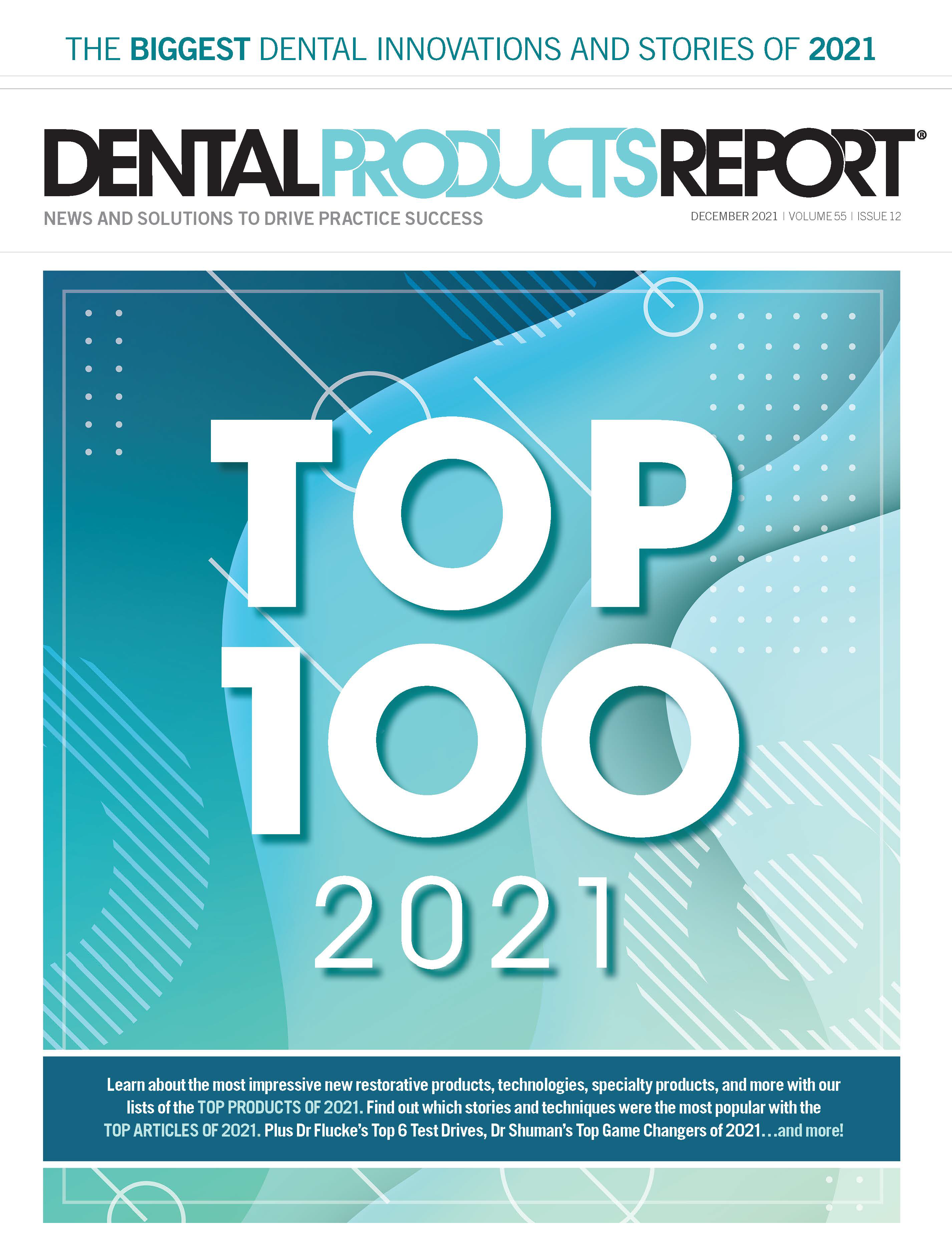Top 5 Ways to Make Your Practice a Patient Magnet
To attract new patients and retain existing ones, there is a seemingly endless list of marketing tactics for dentists to pursue. Here are 5 essential ingredients that are crucial to a successful dental practice marketing strategy. With this cheat sheet in hand, dentists can break through the clutter and drive practice growth in 2022.
JIRSAK / STOCK.ADOBE.COM

1. A Thoroughly Modern Practice Website
More than ever, a professionally designed website is the face of your dental practice. This is where most of your new prospective patients will get their first impression of the overall feel of your office, your team, the services you offer, and whether your practice is a fit for them and their family.
With mobile devices driving 61% of visits to US websites in 20201, your website has to be optimized for the mobile browsing experience, with the practice’s name, address, location map, parking tips, phone number, and email address front and center and easily accessible on the home page, so people immediately understand who you are, precisely where you are located, and how to get in touch.
It’s also essential to have descriptions of dental services offered, not written in “dentalese.” That means those explanations are written in easy-to-understand layman’s terms—which may not be clinically “correct” or complete.
Make sure your website features current, professionally taken photos and friendly bios of you and your team members front and center. Your photos and bios must first and foremost demonstrate how welcoming and caring your team is.
Remember that your professional competence is assumed by most patients based on the fact that you graduated from dental school; most patients simply aren’t impressed by fancy professional designations or copious amounts of continuing education, rather, they are interested in your sense of purpose and professionalism as well as your team’s level of humanity and kindness.
Patient testimonials on the website are also—like it or not—an essential ingredient to patient engagement; existing patients publicly vouching for their personal experience in your dental chair helps those who don’t know you make the decision to choose you.
2. An Active Social Media Presence
If your practice doesn’t have a social media footprint in 2022, it may as well not exist to many patients under the age of 50. Social media is not only a primary way to attract new patients, but it is also a key method of communication for existing patients, especially millennials (the oldest of whom are now in their early 40s) and GenXers, who are mostly in their 40s and early 50s (with some approaching their 60s). Show off your team and your emphasis on patient care and customer service, as well as your practice’s technological savvy with succinct, casually written messages, images, graphics and relaxed, informal short-form videos, whether via Facebook, Instagram, TikTok or YouTube. Note: If you don’t have true social media expertise in house, don’t be afraid to farm it out.
3. Bring On The Digital Communication (and Forms)
Did you know that most people no longer check their voice mail—and that even email has become passé for many of your patients? If your front desk is still calling to confirm appointments and/or emailing appointment reminders, it’s certain that many of your patients are not being communicated with the way they prefer. Text messaging is by far the most efficient and effective way to reach out to patients about scheduling, and in the era of PayPal and Venmo, can even be used to follow up on past due payments. And digital forms streamline both the new patient intake process and health history updates for existing patients. COVID-19 may very well have propelled the world forward by 5 to 10 years in less than 18 months: Today, a paperless environment is no longer an unexpected novelty; it’s now one of the primary ways patients evaluate your technological savvy as well as your practice’s dedication to infection control in general—and to COVID-19 protocols in particular.
4. Your Dental Team Members Can Be Your Best
Marketers (or not)
Do you consider your team members a part of your practice marketing strategy? If not, it might be time to reexamine this crucial piece of the puzzle.
Consider your answers to the following questions:
Whom do patients encounter when they first enter the practice? Is that greeter the friendliest, most welcoming person alive? Or more like a bouncer?
When a prospective or new patient calls your practice, what are the first
words they hear? Do team members know they are expected to provide Ritz-Carlton–level customer service? Are team members trained to provide this level of customer service? Do team members know how to handle/manage conflict? Do team members know your monthly new patient goal? Do team members know how to ask for referrals/online reviews? Do team members refer their family and friends to the practice?
5. Purchase Patient-Centric Technology
In his recently published book, The Patient First Manifesto, Bryan Laskin, DDS, extolls the virtues of patient-centric technology as a marketing tool for the dental practice. What is patient-centric technology? Anything that saves patients time or reduces their pain. Whether that’s offering CAD/CAM restorations milled right in the practice, obviating the need for a temporary and a second visit; using the newest, smallest digital sensors that are more comfortable in your patients’ mouths; or using lasers that reduce the need for needles, drills, and sutures, the idea is that dentists should focus on technology that not only levels up their clinical game, but also provides a clear patient benefit.
References
1. Enge E. Mobile vs. desktop usage in 2020. Perficient. March 23, 2021. Accessed Nov. 1, 20201. https://www.perficient.com/insights/research-hub/mobile-vs-desktop-usage

How Dentists Can Help Patients Navigate Unforeseen Dental Care
December 12th 2024Practices must equip patients with treatment information and discuss potential financing options before unexpected dental treatments become too big of an obstacle and to help them avoid the risk of more costly and invasive procedures in the future.
Product Bites – January 19, 2024
January 19th 2024Product Bites makes sure you don't miss the next innovation for your practice. This week's Product Bites podcast features new launches from Adravision, Formlabs, Owandy Radiology, Henry Schein Orthodontics, Dental Creations, and Dental Blue Box. [5 Minutes]